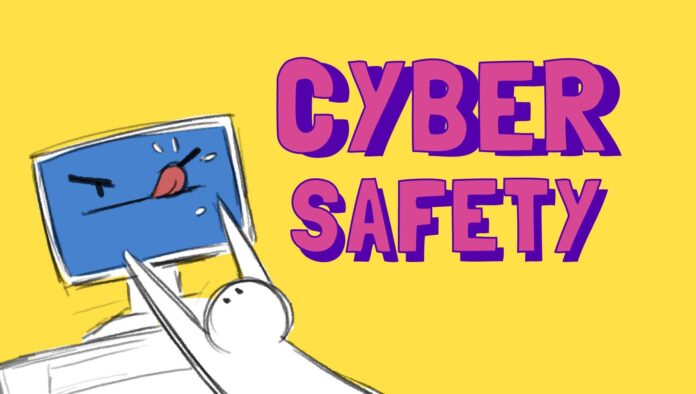If you a follower of this blog, you already know our obsession with #cybersecurity. We believe in a safe Internet for all. We also believe that there is enough room, resources, and will for all of us to co-exist coherently, together, safely and perform our duties to this great cause.
This is my pitch on how I think we can make it even safer to use the ever growing Internet.
Read my previous related posts on this topic here, here, here, here and here.
Education is Still King
Let’s start with the basics. Educating ourselves and our kids about online safety will never grow old. We can never learn enough, especially on matters security. Just like we teach them to look both ways before crossing the street, we need to teach them about the dangers and pitfalls of the digital world. This can be spotting fake news, avoiding online scams, or even identifying malicious links. A little know-how goes a long way.
But it’s not just up to parents and teachers only. Tech companies, stakeholders, CISOs, we all need to step up too. We need to provide clear guides and resources to help users understand their platforms and stay safe while using them. Imagine if every app came with a built-in “how-to” guide for staying safe online! Boy, that would be nice.
Building a Cybersecurity Culture
Speaking of upping our game as stakeholder in Cybersecurity, let’s talk about creating a cybersecurity culture. It’s not just about having strong passwords and antivirus software (though those are definitely important). It’s about making cybersecurity a part of our everyday lives.
Think about it like locking your front door at night – it’s just something you do without even thinking about it. We need to make practices like regularly updating software, 2-factor authentication and using secure connections second nature. That way, we can all do our part to keep the digital world safe and sound.
Collaboration
We should never forget that we’re all in this together. Tech companies, governments, educators, parents, and users – we’re all part of the same online community. We are fighting the same malicious users, the same malware, the same problems. By working together and sharing information, we can tackle online threats more effectively than if we go it alone. Like the men of old said, “two is better than one“.
Take bug bounties, for example. These programs pay hackers to find and report security flaws in software. It’s a win-win – the company gets to fix the problem before it becomes a real issue, and the hacker gets a reward for their efforts. That’s the kind of collaboration we need more of in the online world.
Government Involvement
Now, let’s talk about the big guns – government involvement. It’s not just about passing laws and regulations (though that’s important too). Governments need to invest in cybersecurity infrastructure and support initiatives that promote online safety.
For example, they could fund programs to train cybersecurity experts or provide resources for schools to teach digital literacy. And hey, how about offering tax incentives for companies that prioritize cybersecurity? That could give businesses a real incentive to up their game.
Empowering User Control
Last but not least, let’s talk about empowering user control. This applies in a myriad of sections in user related interactions like privacy settings to content filters. Users should have the tools they need to take control of their online experience. Companies can make it easier for users to manage their privacy settings and control the content they see, while governments can pass laws that give users more control over their data.
But it’s not just about giving users control – it’s about empowering them to use it. Imagine user-friendly tools that walk you through setting up privacy settings or personalized dashboards that give you insights into how your data is being used. When users are in the driver’s seat, everyone wins.
Conclusion
It’s clear that making the internet safer is a big job that needs many hands.
But our work isn’t finished yet. The internet keeps changing, and new problems will pop up as technology moves forward. We need to stay alert and ready to adapt to whatever comes our way.
By working together, being creative, and always keeping safety in mind, we can make the internet a better place for everyone. So let’s keep going, keep learning, and keep making progress. Together, we can build a safer, friendlier internet for the future.




